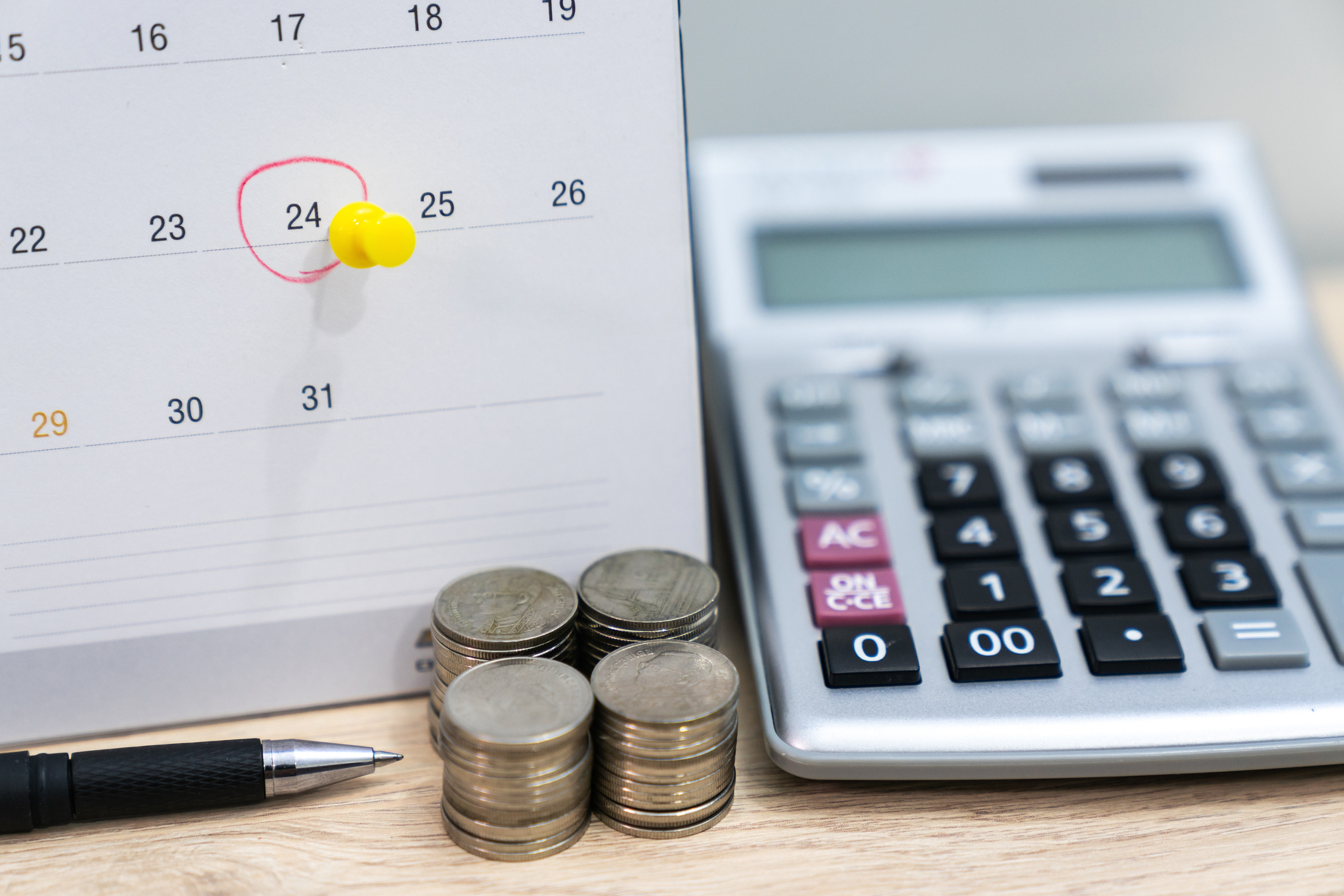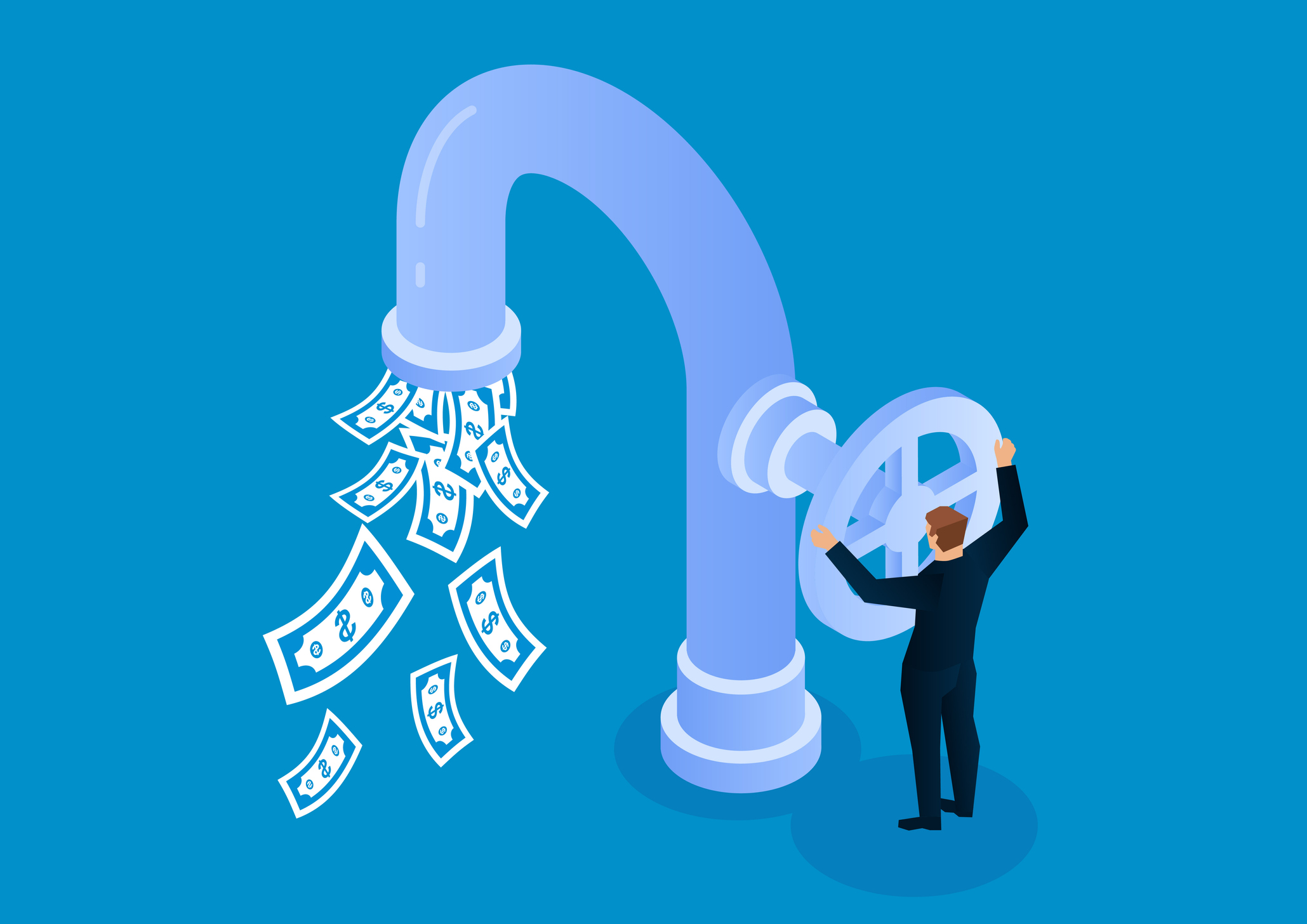Insider Tips: How Investors Can Prosper in 2014
Expert advice for investors to protect and grow their portfolios.
For its Insider Tips From the Pros packages in the February 2014 and May 2014 issues, Kiplinger’s spoke with dozens of experts in fields ranging from college aid to travel to glean insights they apply to their own financial lives and share with their own family and friends. Here we offer smart moves suggested by investment advisers and strategists:
How to prepare for rising interest rates

William Bernstein, investment adviser and author of Deep Risk: How History Informs Portfolio Design
In terms of Treasuries, I’m sticking with six-month Treasury bills and rolling them over when they mature. With bank CDs, I might go out as long as two years, because CDs give you an early-withdrawal option [generally for a slight penalty]. And with municipal bonds, I’m buying portfolios that have an average duration [a measure of interest-rate sensitivity] of two to three years.

Sign up for Kiplinger’s Free E-Newsletters
Profit and prosper with the best of expert advice on investing, taxes, retirement, personal finance and more - straight to your e-mail.
Profit and prosper with the best of expert advice - straight to your e-mail.
I’m also avoiding things such as high-yield or floating-rate bonds because they have an equity component. Your fixed-income portfolio is supposed to help you sleep at night. It’s also meant to give you liquidity, which you may need if you lose your job or the neighbor with the corner lot that you’ve been eyeing decides to sell. Junk will lose you money at the worst possible times. It’s why Warren Buffett owns T-bills in the fixed-income portion of his portfolio.
How to spot the end of the bull market
Liz Ann Sonders, chief investment strategist for Charles Schwab
If there were any one thing, we’d all be very wealthy. There’s no bell that rings. But there are warning signs of a pullback, things we’ve seen in the past that suggest an elevated risk. One is that interest rates, after adjusting for inflation, are rising. This is the only sign that you could argue is in place right now, and the reason why it’s happening now is that inflation has been falling—you could even argue that inflation-adjusted rates are going up for a good reason, not a bad reason.
Also, you tend to see a significant pickup in initial public offerings and a real surge in mergers and acquisitions. We’ve seen a pickup in those two things, but nothing like what we’ve seen at market tops. You often see an inverted yield curve, which is when short-term rates are higher than longer-term yields. And you typically see excessive enthusiasm among individual investors. We saw a pickup of money flowing into stock funds in 2013, but the new cash has barely made a dent in net outflows of $600 billion since 2008. As for the stock market being overvalued, Standard & Poor’s 500-stock index is trading at a little more than 15 times estimated corporate earnings for 2014. The long-term median is 16.5 times year-ahead earnings.
The best investment to earn decent income in 2014
Lew Altfest, chief executive and principal adviser at Altfest, a New York City–based investment firm
Stocks. I think of capital appreciation as income. Of course, there’s no guarantee you’re going to get that every year. But how about stocks that have good dividend yields and significant earnings growth potential? A good yield would be about 4%; a not-bad yield would be 3%.
Marilyn Cohen, fixed-income specialist and founder of Envision Capital Management
If they can tolerate some risk (and that is a big if), AdvisorShares Peritus High Yield (symbol HYLD), an actively traded exchange-traded fund, should be a portion of their portfolio. Not the whole portfolio, but maybe a 10% to 15% allocation. The fund has held up enormously well over the past year. It has a short duration [a measure of interest-rate sensitivity] and a yield of about 7.7%. The managers are really smart, and because it’s an ETF, you can point, click and get out of the fund if you need to.
Of course, when you’re in an environment with 2% interest rates and someone offers you 7%, you’re taking some kind of risk. If we have a big stock market correction, this fund will go down, too. This is not for widows and orphans. But the fund will tweak up the rest of your portfolio if there’s room for some risk.
How to spot the next superfund
Russel Kinnel, director of mutual fund research at Morningstar
You look for a promising manager with a solid track record of at least five years, a sound strategy, and a willingness to close the fund before assets get too big. Primecap Odyssey Aggressive Growth (POAGX) is a fund that fits the bill. Its management team excels at finding good growth names with long-term potential.
How to invest in muni bonds
Marilyn Cohen, fixed-income specialist and founder of Envision Capital Management
As investors have learned lately, there are a lot of sinkholes in muni land, and you want to avoid them all. You don’t take any aggressive positions—for example, Puerto Rico or Chicago bonds. You keep it plain vanilla and own bonds that finance essential services, such as the revenue bonds of large, important airports, or water and sewer revenue bonds in areas with expensive homes. We need these services, and people will pay for them.
Here’s the caveat: If you can get the yield you’re looking for after taxes in a corporate bond, then you don’t belong in munis. Investors have been fickle, and there will be blood in the streets if money continues to pour out of muni funds. You should be in munis only if you’re in a high federal income tax bracket, or if you have state income tax nipping at you. You’ll maintain your principal as long as you’re not buying bonds with very long maturities. And munis aren’t nabbed by the new 3.8% Medicare tax on investment income [which, as of 2013, applies to singles with modified adjusted gross income of more than $200,000, and couples filing jointly with MAGI of more than $250,000].
How to overcome market volatility
Greg Davies, head of Behavioral Investment Philosophy at Barclays Wealth
It helps to write an investment policy statement, so you don’t have to make every decision from scratch in the heat of the moment. For example, “I will rebalance my portfolio holdings once a year; I will look at my portfolio once a month (or once a quarter) but not more often; if the market collapses, I will stick to my plan.” Then, you’ve already thought through many investment decisions in a period of calm reflection, and you’ll be making fewer decisions based on emotional responses to immediate events.
I never make investment decisions for my portfolio during the week. I work in a bank, and I’m surrounded by screens. There’s always a danger I’ll have an emotional response to what’s going on in the market. So I make decisions for my investments only over the weekend. Yes, I may miss out on a few opportunities. But those few opportunities are worth losing out on in order to make sure I have a systematic process.
Get Kiplinger Today newsletter — free
Profit and prosper with the best of Kiplinger's advice on investing, taxes, retirement, personal finance and much more. Delivered daily. Enter your email in the box and click Sign Me Up.
-
 Is the Economy at Risk of a Recession Because of Tariffs? What the Experts Are Saying
Is the Economy at Risk of a Recession Because of Tariffs? What the Experts Are SayingWith the stock markets up and down and tariffs on and off everyone including retirees may wonder what it means for the economy. Here's what the experts think.
By Donna Fuscaldo Published
-
 Stock Market Today: Tariff Pause Triggers 3,000-Point Dow Rally
Stock Market Today: Tariff Pause Triggers 3,000-Point Dow RallyThe bond market is sending concerning signals as the Trump administration executes its rapid reordering of global trade relationships.
By David Dittman Published
-
 457 Plan Contribution Limits for 2025
457 Plan Contribution Limits for 2025Retirement plans There are higher 457 plan contribution limits for state and local government workers in 2025. That's good news for state and local government employees
By Kathryn Pomroy Last updated
-
 Medicare Basics: 11 Things You Need to Know
Medicare Basics: 11 Things You Need to KnowMedicare There's Medicare Part A, Part B, Part D, Medigap plans, Medicare Advantage plans and so on. We sort out the confusion about signing up for Medicare — and much more.
By Catherine Siskos Last updated
-
 The Seven Worst Assets to Leave Your Kids or Grandkids
The Seven Worst Assets to Leave Your Kids or Grandkidsinheritance Leaving these assets to your loved ones may be more trouble than it’s worth. Here's how to avoid adding to their grief after you're gone.
By David Rodeck Last updated
-
 How Inflation, Deflation and Other 'Flations' Impact Your Stock Portfolio
How Inflation, Deflation and Other 'Flations' Impact Your Stock PortfolioThere are five different types of "flations" that not only impact the economy, but also your investment returns. Here's how to adjust your portfolio for each one.
By Kim Clark Published
-
 Kiplinger's Economic Calendar for This Week (April 7-April 11)
Kiplinger's Economic Calendar for This Week (April 7-April 11)This week's economic calendar features a steady stream of jobs data and an end-of-week speech from Fed Chair Powell.
By Karee Venema Last updated
-
 Why I Still Won't Buy Gold: Glassman
Why I Still Won't Buy Gold: GlassmanOne reason I won't buy gold is because while stocks rise briskly over time – not every month or year, but certainly every decade – gold does not.
By James K. Glassman Published
-
 Should You Use a 25x4 Portfolio Allocation?
Should You Use a 25x4 Portfolio Allocation?The 25x4 portfolio is supposed to be the new 60/40. Should you bite?
By Nellie S. Huang Published
-
 Retirement Income Funds to Keep Cash Flowing In Your Golden Years
Retirement Income Funds to Keep Cash Flowing In Your Golden YearsRetirement income funds are aimed to engineer a steady payout of cash for retirees. Here are a few we like.
By Nellie S. Huang Last updated